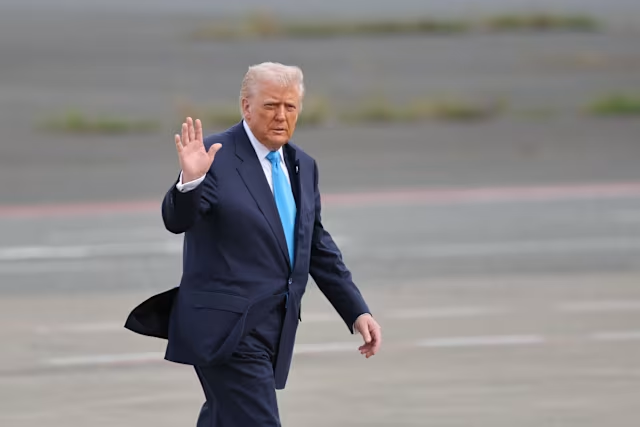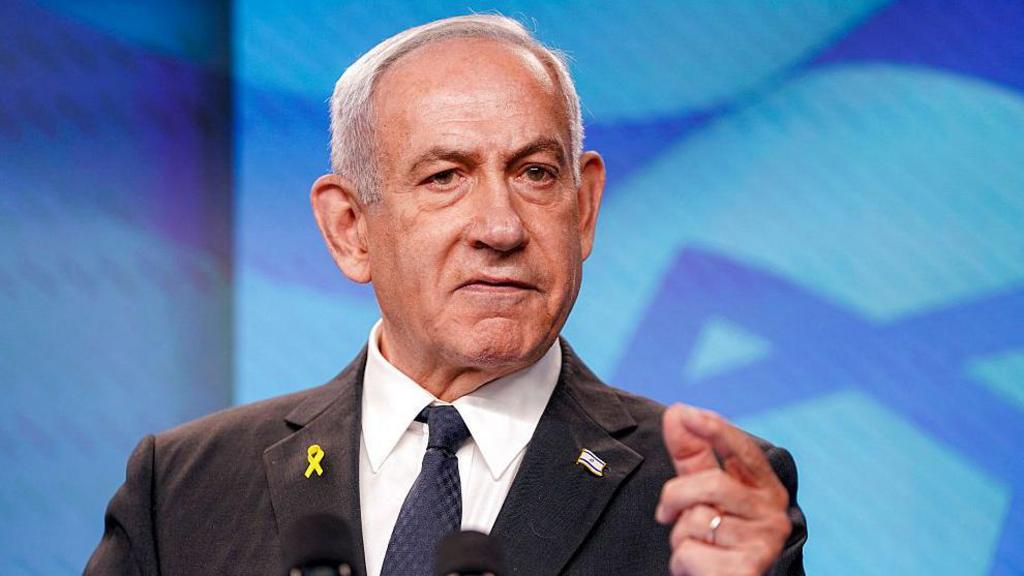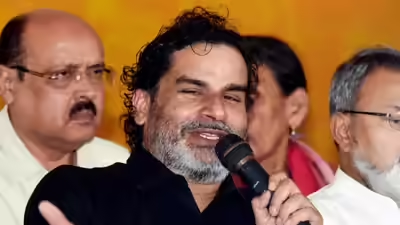Now Reading: Despite Missing ‘400 Paar’, Modi 3.0 at 11 Begins with Renewed Strength and Stability
-
01
Despite Missing ‘400 Paar’, Modi 3.0 at 11 Begins with Renewed Strength and Stability
Despite Missing ‘400 Paar’, Modi 3.0 at 11 Begins with Renewed Strength and Stability

The BJP may have fallen short of its ambitious ‘400 paar’ target in the 2024 Lok Sabha elections, but Prime Minister Narendra Modi’s third term is off to a strong start. With NDA allies rallying behind him, and a matured leadership at the helm, Modi 3.0 appears focused, balanced, and more strategic than ever — setting the stage for stable governance and key reforms that could impact every corner of India, especially Tier 2 cities.
A Mandate with a Message
While the BJP did not cross the 400-seat mark, it remains the single largest party in the country. The people’s verdict is clear: they still trust Modi’s leadership, but also expect more accountability and inclusivity. This result has pushed the NDA to function with greater coordination among allies, giving regional voices more say in policy-making.
This shift may prove to be a healthy change, leading to a more balanced form of governance in the coming years.
Modi’s Focus: Delivery Over Drama
Unlike the high-energy campaigns of the past, Modi 3.0 seems more focused on efficient delivery and quiet execution. Key portfolios have gone to experienced hands, with a visible push for continuity in economic policy, infrastructure growth, and digital governance.
This direction matters significantly to India’s middle class and youth, particularly in Tier 2 cities like Bhopal, Nagpur, and Jaipur, where aspirations are rising, but daily challenges remain.
Coalition Dynamics: Not a Weakness, but a Strategy
For the first time in his tenure, Modi must rely more actively on NDA partners. However, this is not necessarily a sign of weakness. Coalition politics, when managed smartly, allows for a broader range of ideas and regional needs to be addressed.
Smaller cities and states — often sidelined in big national narratives — may benefit from this power-sharing model, as regional parties bring local issues to the national table.
What It Means for Young India
Modi’s third term arrives at a time when young Indians are looking for jobs, digital opportunities, and better public services. With a greater emphasis on skilling, infrastructure, and foreign investment, the new government aims to align economic growth with grassroots development.
Tier 2 cities could see the biggest impact — with digital push, metro rail projects, and industrial corridors likely to expand further into non-metro regions.
Conclusion
The BJP’s ‘400 paar’ dream may not have materialized, but Modi 3.0 has started on a note of balance, maturity, and quiet confidence. With coalition partners on board and a renewed focus on real-time delivery, this new term could usher in a more grounded and inclusive era of governance. For India’s growing towns and cities, it’s a moment of cautious optimism — one that could shape the next five years in powerful ways.

























